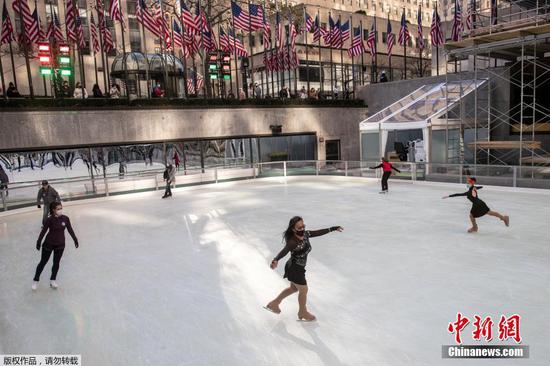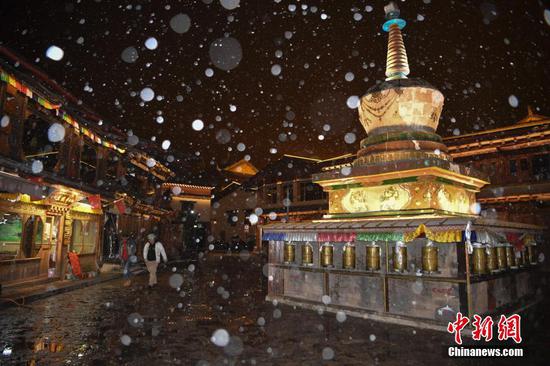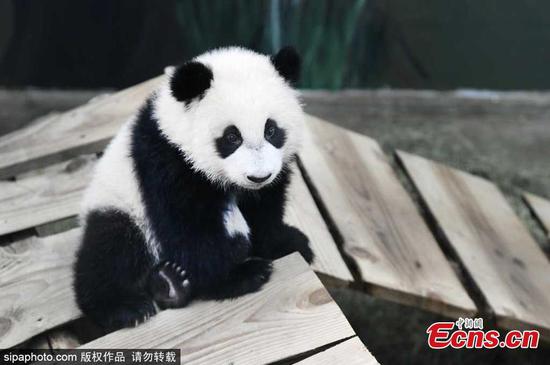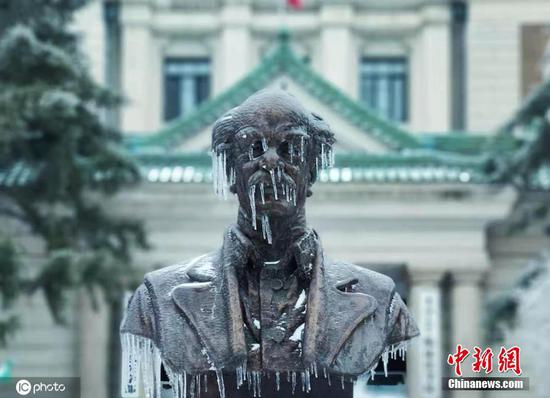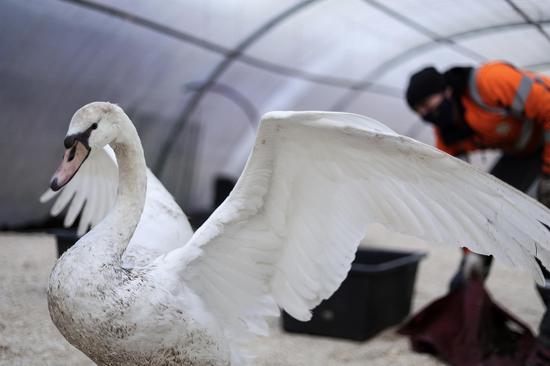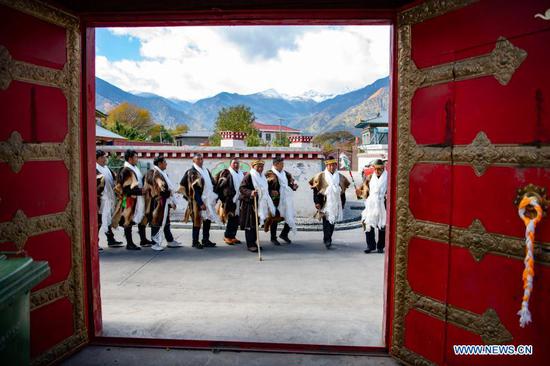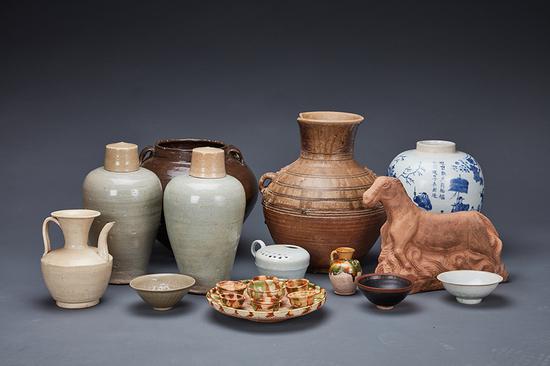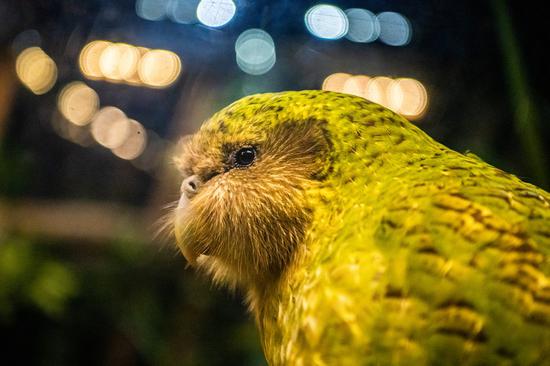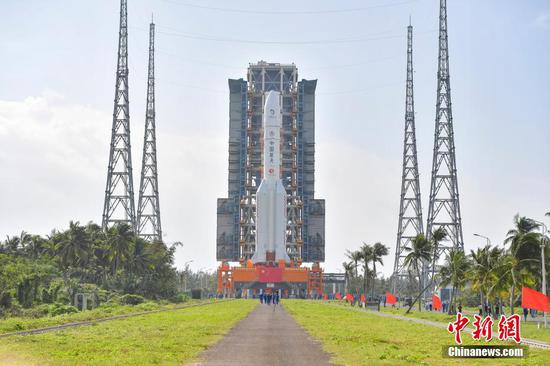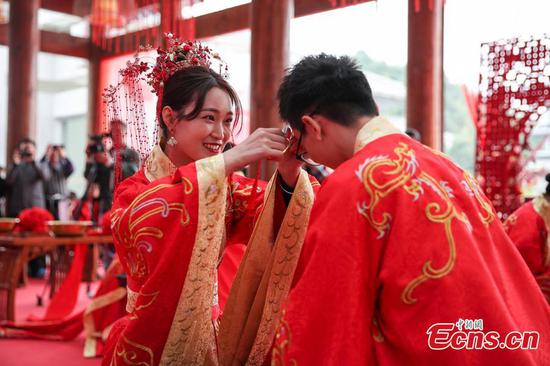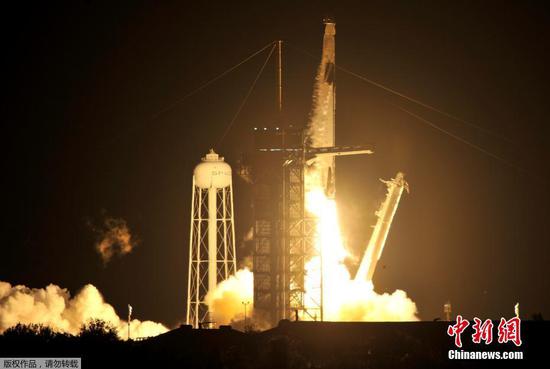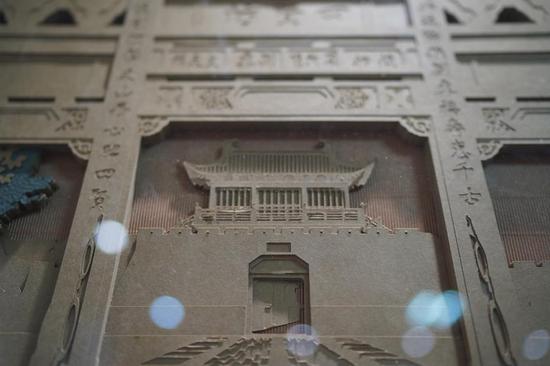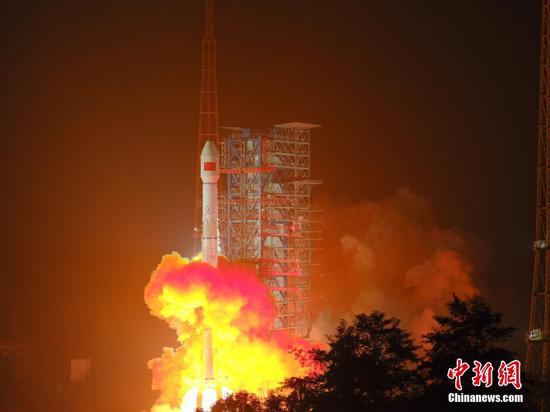China has just launched its Chang'e-5 lunar probe. It's expected to make a soft landing on the Moon and bring samples back to Earth. What makes the Chang'e-5 mission special?
The lunar probe is composed of four parts: an ascender, a lander, an orbiter and a returner.
After being captured by the Moon's gravity, the spacecraft will enter the lunar orbit, which is about 200 kilometers from the Moon. Later on, the mission will be divided into two parts: the orbiter and the returner will stay in the lunar orbit, while the ascender and the lander will head to the Moon.
There are three new features of the Chang'e-5 mission: a brand-new probe, a new Long March 5 rocket, and a new launch site.
Previous Chang'e missions were all launched from the Xichang Satellite Launch Center in southwest China's Sichuan Province, whereas Chang'e-5 was launched from the Wenchang Spacecraft Launch Site in south China's Hainan Province.
The Chang'e-5 mission is expected to realize four "firsts" in China's space history: the first time for a probe to take off from the surface of the Moon; the first time to automatically sample the lunar surface; the first time to conduct unmanned rendezvous and docking in lunar orbit; and the first time to return to Earth with lunar soil samples in escape velocity.
Although successfully launched, the returning process of the probe faces multiple challenges.
After collecting samples, the ascender will take off from the lander instead of the lunar surface, making control during the ascent process challenging.
The samples will be transferred from the ascender to the returner, which will then carry them back to Earth.
Unlike previous space missions, the Chang'e-5 returner will return to Earth in escape velocity, as fast as 11.2 kilometers per second.
In order to keep the samples intact, researchers must find a perfect return route, and the returner's heat-resistant design also presents a tough challenge.
The Chang'e-5 mission is a big test of China's aerospace technology, and China is expected to pass it with flying colors.














